Winter crop cultivation
8 min read
Winter crop cultivation is a crucial part of setting up for winter. Be sure to have a detailed plan that includes aspects like paddock slope, swales, gullies, waterways, and buffer zones. Follow the national intensive winter grazing rules to protect both the environment and animals. Remember, cultivating across slopes and leaving grass buffers at their bottom reduces soil loss. For paddocks on a steep slope, consider an alternative paddock for winter cropping or consider reviewing your winter grazing system. Discuss your plan with your contractor before you start to make sure you get the results you want.
Ensuring paddocks are cultivated with agreed management strategies will reduce the risk to animals and the environment. Soil cultivation removes vegetation and exposes the soil to the weather, increasing the risk of soil loss in runoff during wet weather. Nitrogen, phosphorus, soil and E. coli losses from winter forage crops are much higher than those from pasture grazed during other times of the year.
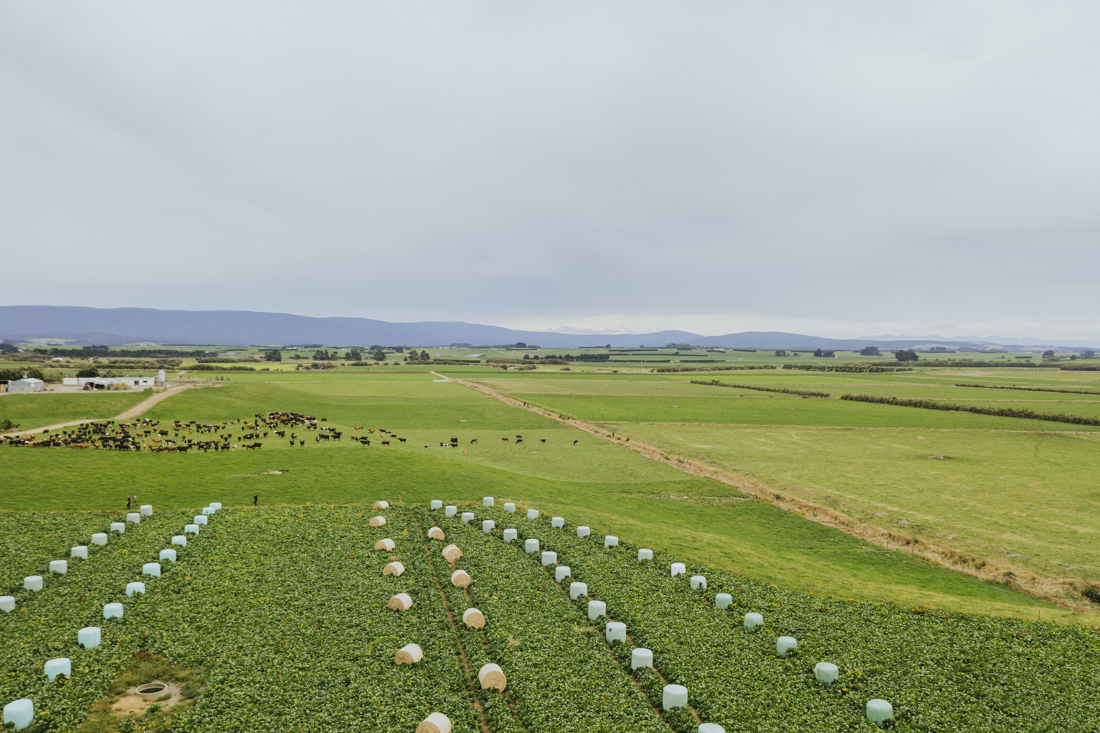
Please check in with national regulations and regional rules and milk suppliers regarding winter grazing.
Having a detailed cultivation plan for every paddock will help you meet winter grazing requirements.
Plans should include any critical source areas to avoid; swales, gullies, waterways, paddock slope, and the required width of the buffer.
Reduced nitrogen leaching can be achieved when lower-impact crop establishment methods are used in conjunction with strategic use of nitrogen fertiliser, good practice of grazing management, and choice of winter crop and supplement. Using reduced tillage for establishing winter-grazed crops can reduce the risk of nutrient leaching, drainage and soil compaction.
One option to reduce the environmental impact during winter crop grazing is through reduced tillage establishment. Reduced tillage options include:
Using reduced tillage methods for winter crop establishment helps maintain soil structure and strength during grazing by minimising soil disturbance at the time of crop establishment. Reduced tillage is commonly defined as planting seeds into shallow-worked soils, unploughed or uncultivated – often with established mulch cover.
In contrast, conventional tillage involves turning or ploughing the soil, followed by seed planting. Historically, this method has been associated with a ‘clean’ soil surface, a finer seed bed and improved pest and weed control. However, it results in increased soil mineralisation, and when followed by extended periods (2-5 months) of bare soils until a new crop is established, the risk of nitrogen loss is increased. Bare soil also increases the risk of soil erosion.
Reduced tillage can help reduce pugging and compaction during grazing, which are often seen when conventional tillage establishment methods are used. This method will also reduce soil erosion caused by wind and water before the crop is established.
Soil compaction increases the risk of water and nutrient runoff and nitrous oxide (N2O) emissions, especially from urine patches and particularly under wet conditions. Nitrogen losses including nitrous oxide can affect subsequent crop or pasture performance.
The soil water content at the time of grazing has the biggest impact on pugging and soil compaction. Pugging on cultivated soils under wet conditions increases compaction and thus reduces soil aeration. Compacted soils are more likely to increase nitrous oxide emissions but reduce nitrate leaching by decreasing drainage through the soil profile.
No-tillage soils under wet conditions can have lower nitrous oxide emissions but potentially increased risk of nitrogen leaching, depending on the drainage characteristics of the soil and residual mineral nitrogen in the soil.
Autum-sown crops for winter grazing: When it comes to autumn-sown forage crops, no-tillage can reduce environmental impact while improving crop utilisation. Some examples of autumn-sown crops are oats, rape, and Italian ryegrass.
Spring-sown crops for winter grazing: Some examples of spring-sown crops are kale, swedes and fodder beet. Research led by Plant and Food Research Ltd tested the impact of no-tillage establishment and found that high yielding crops of fodder beet can still be achieved but were more variable than conventionally established crops. No tillage kale has been shown to at least maintain and sometimes improve yield when compared to conventional tillage methods. In general, where weed or pest pressure exists, no-tillage can reduce crop yields. On the other hand, when soil moisture is limiting, no-tillage can result in higher yields.
Consider the following when contemplating reduced-tillage methods for winter crop establishment:
Other considerations include; crop rotation, soil type, timing and fallow periods of spraying out regimes, previous management of the paddock, such as cropping history, grazing history.
Reduced-tillage crop establishment alone will not mitigate environmental impacts; therefore, a combination of mitigation options should be considered. The best approach to reduce nitrogen leaching risk is to combine no-tillage forage crop establishment with good practice fertiliser and grazing management, and early catch crop establishment.
Speak to your agronomist for the best approach for winter-crop establishment methods to use on your farm.
Your contractor is an essential part of setting up your farm for successful wintering. Ensure your contractor has all the information required before they start. Sharing detailed cultivation plans with your contractor before cultivation begins will ensure they know what is expected and prevent any future complications.
Before starting, consider the following:
I am clear on the direction I want the paddock cultivated. I want the contractors to cultivate across the slope to avoid soil getting washed out in heavy rain.
Farmer tip
The presence of slope, swales, gullies and waterways increase the risk of sediment, E.coli and phosphorus loss to waterways. Careful management of these areas has been shown to significantly reduce losses, and uncultivated buffers around waterways act as a filter for overland flow.
Creating an uncultivated buffer at the bottom of the slope will help to reduce the risk of sediment from winter crops entering the waterway. The national intensive winter grazing rules require a minimum 5m buffer around waterways, wetlands or drains (regardless of whether there is any water in it at the time).
Buffers around waterways, swales and gullies (including drains) need to be left in grass and ungrazed through the whole winter period. Buffers around critical source areas need to maintain vegetation cover until after 30 September. Please check with national rules and your regional council to determine if a wider buffer is required under local regulations.
Crops should only be planted on slopes that are 10° or less. If you wish to plant on slopes over 10°, they will require a consent or a certified freshwater farm plan. This requirement is part of the wintering regulations that have been in place from 1 November 2022.
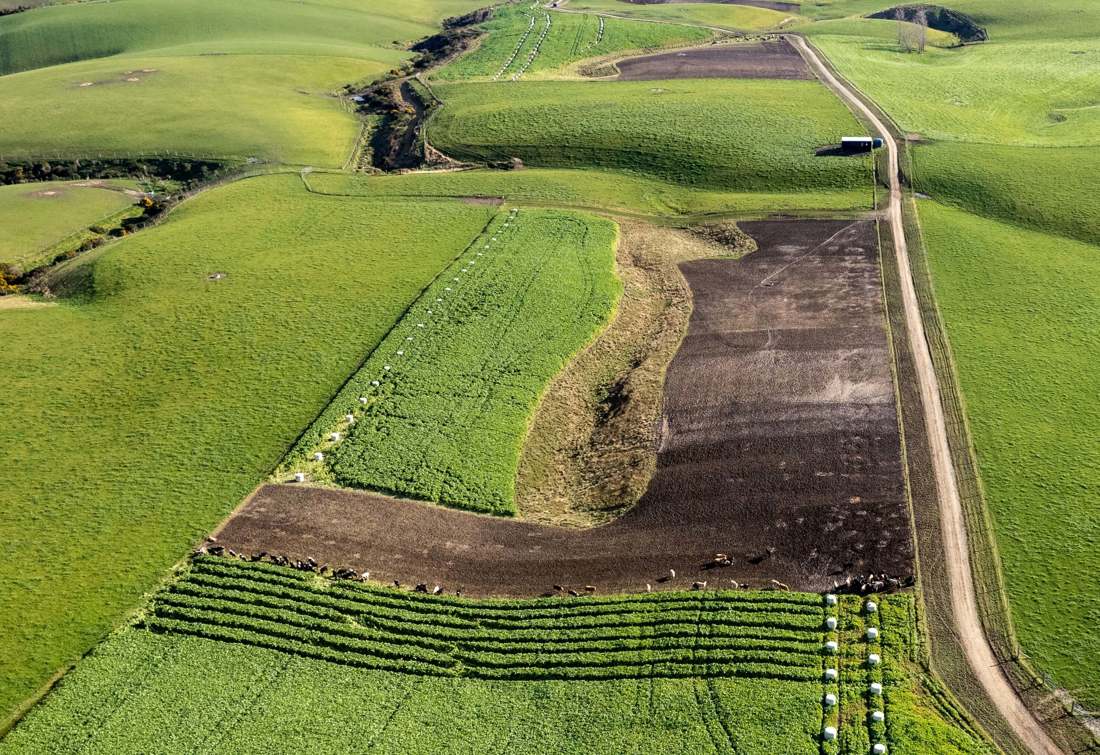
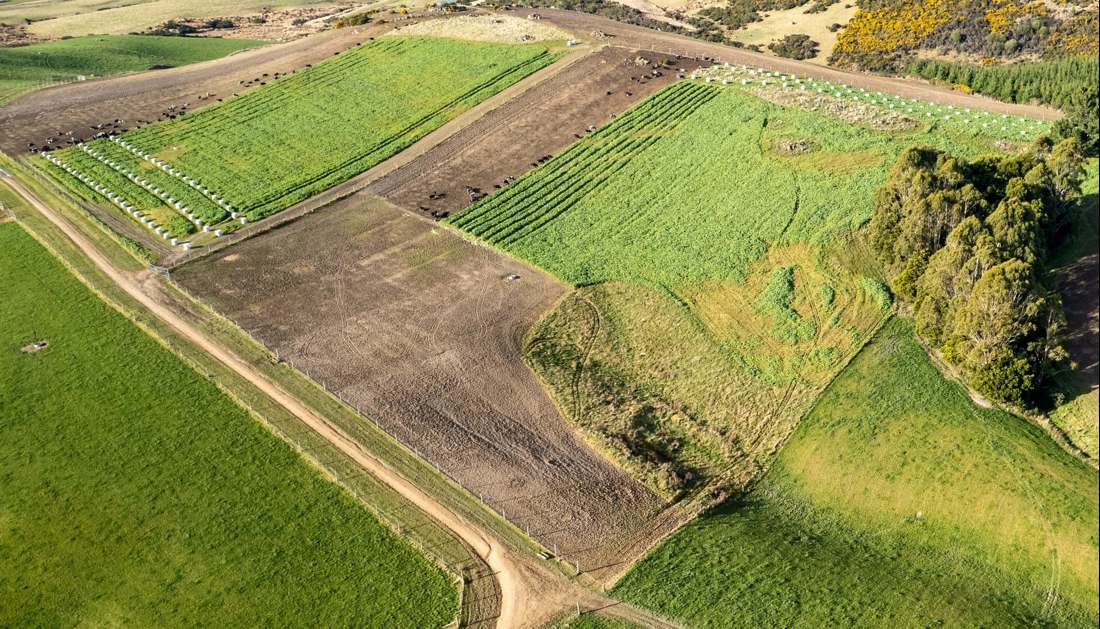
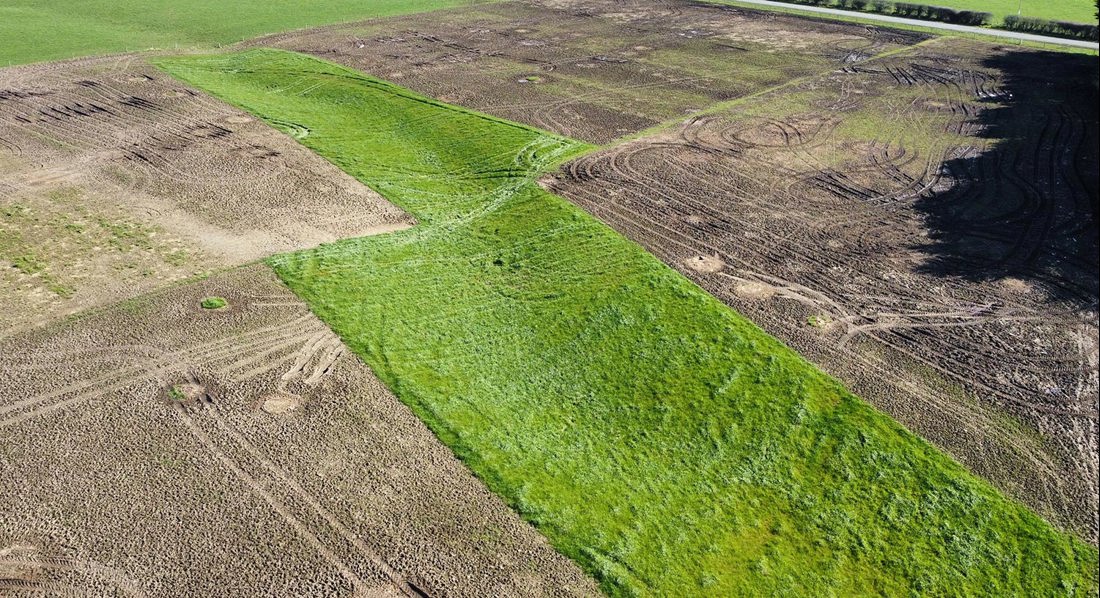
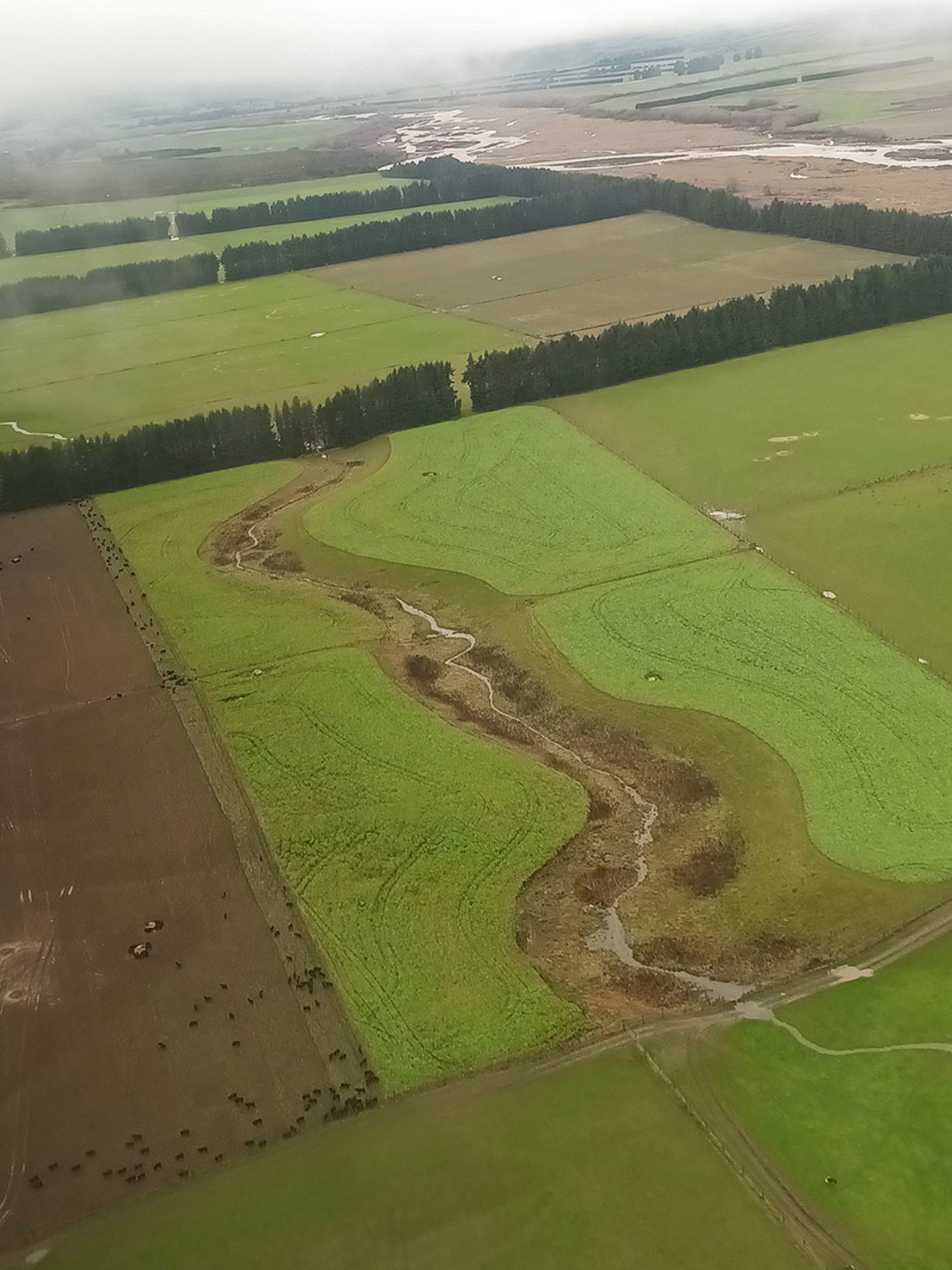
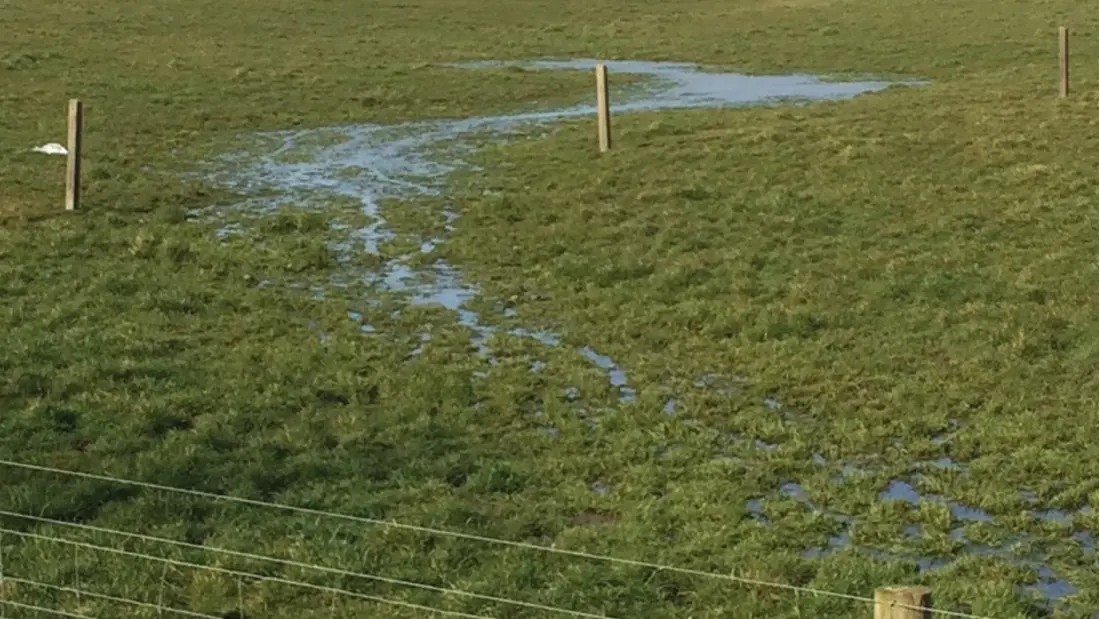
We put up a semi-permanent fence around critical source areas before the paddock is cultivated. This guarantees that it is not cultivated or grazed.
Farmer tip
Once you have considered your cropping you may like to view setting up.
Now’s the perfect time to check in, plan, and set up for a strong season. We’ve pulled together smart tips and tools to help you stay ahead all winter long.
Whether you prefer to read, listen, or download handy guides, we’ve got you covered with trusted tools to support your journey every step of the way.